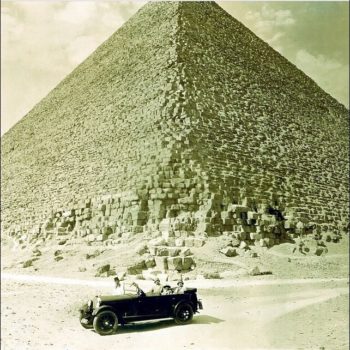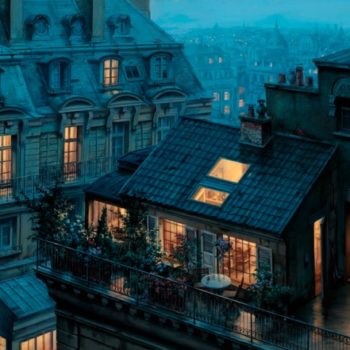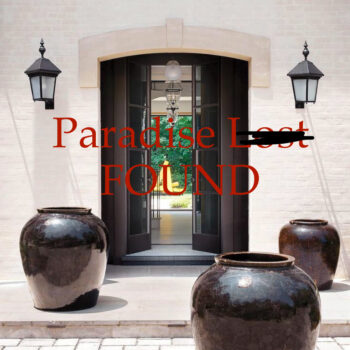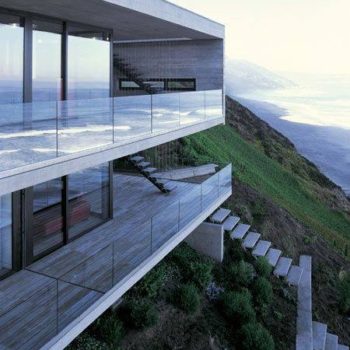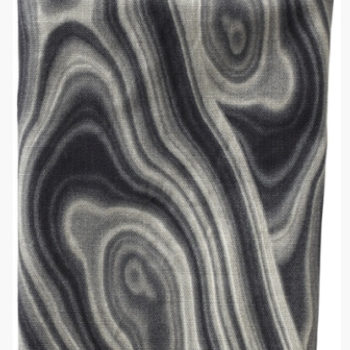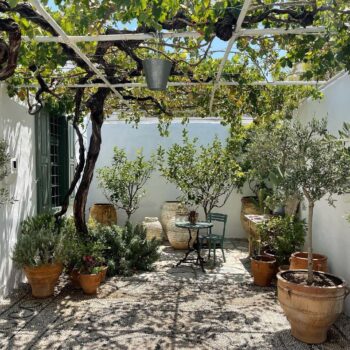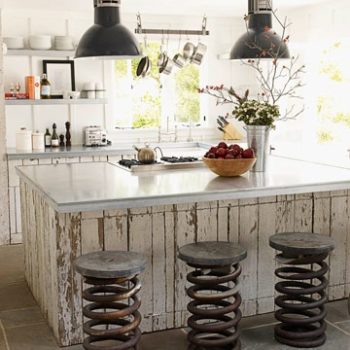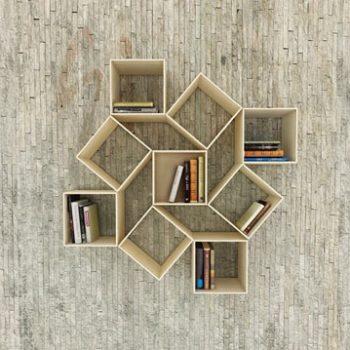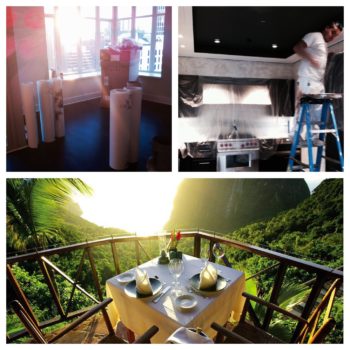
Hmm, that’s a great question. Many people do not understand the adventurous life of a stone cutter. Perhaps a better word would be dangerous. I can attest this is not a job for wimps. As an interior designer, I see people go crazy for the gorgeous stone materials we present for their kitchens and bathrooms. However, few understand the process to harvest the stone from a mountain. Believe me, it’s not like walking into a showroom in Chicago or wherever you live. It’s actually quite an operation. So let’s take a little trip to Italy!
Colonnata is an ancient town, nestled in between the staggering Apuan Alps. The effects of the quarries is etched on the mountain faces as the sprawling green trees succumb to the blinding white of the exposed stone. Block has been quarried from this region for over two millennia, and it shows no signs of slowing down. At several sites in the region, evidence of mining dates as far back as 600 BC. The town of Colonnata was founded in 40 BC to house slaves for the Romans as they began to dig into the mountains as Grecian marble had become too expensive to continue to import.

Blinding white beauty
Carrara was removed in large blocks, and sent cascading down the mountainside, rolling over greased timber. The crude method of extracting and delivering the stone has changed in more recent years. Now, impossibly small “trucks” wind down tight switchbacks with comically large blocks of stone attached to the beds of their vehicles. Michelangelo worked here for years helping to plan roads and quarries. Eventually, he would personally select the block from which his famous David and Pieta would emerge from.

The immortal David by Michelangelo
An old man who owns several quarry plots shows me a photograph from 40 years ago: a landscape of the mountains. It’s yellowed with time, and the landscape has changed, but the hills and peaks still provide for the people here. He’s proud of the work they do. Proud of the long and storied history of the artists, the workers, and the communities that grew in the shadows of the mountains. Special thanks to Spencer Roberts of Materials Marketing for the rich background information. Click here to learn more about the wonderful products sold at Materials Marketing. https://www.materials-marketing.com/
I must say that I appreciate these hard-working individuals more than ever! Check out the fascinating video below and read on if you want to know more about natural stone.
The temples and the sculptures built by the Romans themselves to worship their Gods – and later the Christian deity that replaced them – were created from stone originating in an area of Italy known as Carrara in the province of Massa. Here over thousands of years, mountains that once raised above the clouds have been carved and sliced – transforming the landscape, making it look like a leftover plate of cheese from a dinner party. As a result, the mountain landscape has been altered for the purpose of creating products both beautiful and useful; as diverse as the Roman temples and churches, Michelangelo’s David and other statues, and of course our kitchen and bathroom counter tops.
Removing the stone is quite a process…
In a sense this is the making of a modern landscape. It’s like standing on the floor of St. Peter’s Basilica in the Vatican with a panoramic view of the Mediterranean sea and the Italian Alps surrounding you. The three and a half hour (around 50 mile) journey through mountains is not exactly smooth sailing. Thankfully the expert driver kept perfect control of the vehicle, making sure we were not rolling off the mountain side or creating a new path. The dust alone can give you a heart attack.

The laborers go through Hell to harvest the stone from the mountain
Harvesting marble is a process that happens year round. However, weather conditions and market demand for this supremely white marble causes the process to move to a different part of the mountain range regularly. This is why the mountain’s scenery looks scarred and misshapen from here. From a distance the mountain range takes on a surreal beauty—the forest has white zigzagging lines and patches like the remaining snow from the glacier era. The beauty comes at a high price in this part of the world. The carver was covered mostly with red-yellow mud from the neck down. The man with leathery weather-beaten skin looked somewhere between 30 to 60 years old, “..now days we have machines doing all the heavy lifting once the cutting is done. You just get wet and feel cold a lot. Cutting the marble is easy. Trying to not get killed around here is a job itself.”
The carver’s main job besides separating the marble rock from the mountain is communicating using a special set of hand gestures. (See YouTube video above) What a surprise to learn that marble is a very soft when freshly cut–the huge block can easily break apart like a piece of chalk. This explains why artists like to use marble instead of other types of stone besides it’s beauty. Because Carrara’s region mountains range is part of the Apuan Alps and among the highest in the area–the weather here can be unpredictable and extremely dangerous to work in. On a clear summer day, the Mediterranean sun can bake you alive and if that does not do it, the following will. Skin cancer from over-exposure to ultraviolet light, lung failure from inhaling marble dust all day long, and long exposure to bright surfaces as well as dust can easily blind you for life. If something dangerous happens to you up here you will be lucky to make it to the hospital before bleeding to death. Standing in one of the marble quarries the size of a football field but shaped like a giant white bowl will make you feel like a stick figure.

LiWe never really think about where beautiful stone comes from
I hope you enjoyed learning about stone and the removal process, I really like to know where the materials I use originate from. Natural stone is unique, just like each of us, it has nuances, shading, markings and even imperfections–they truly add to the beauty of the slab which will be turned into a wall, counter tops or flooring. Do let us know if you would like to look at stone sometime, it is a fun trip to make!
Cheers,
-Ken




